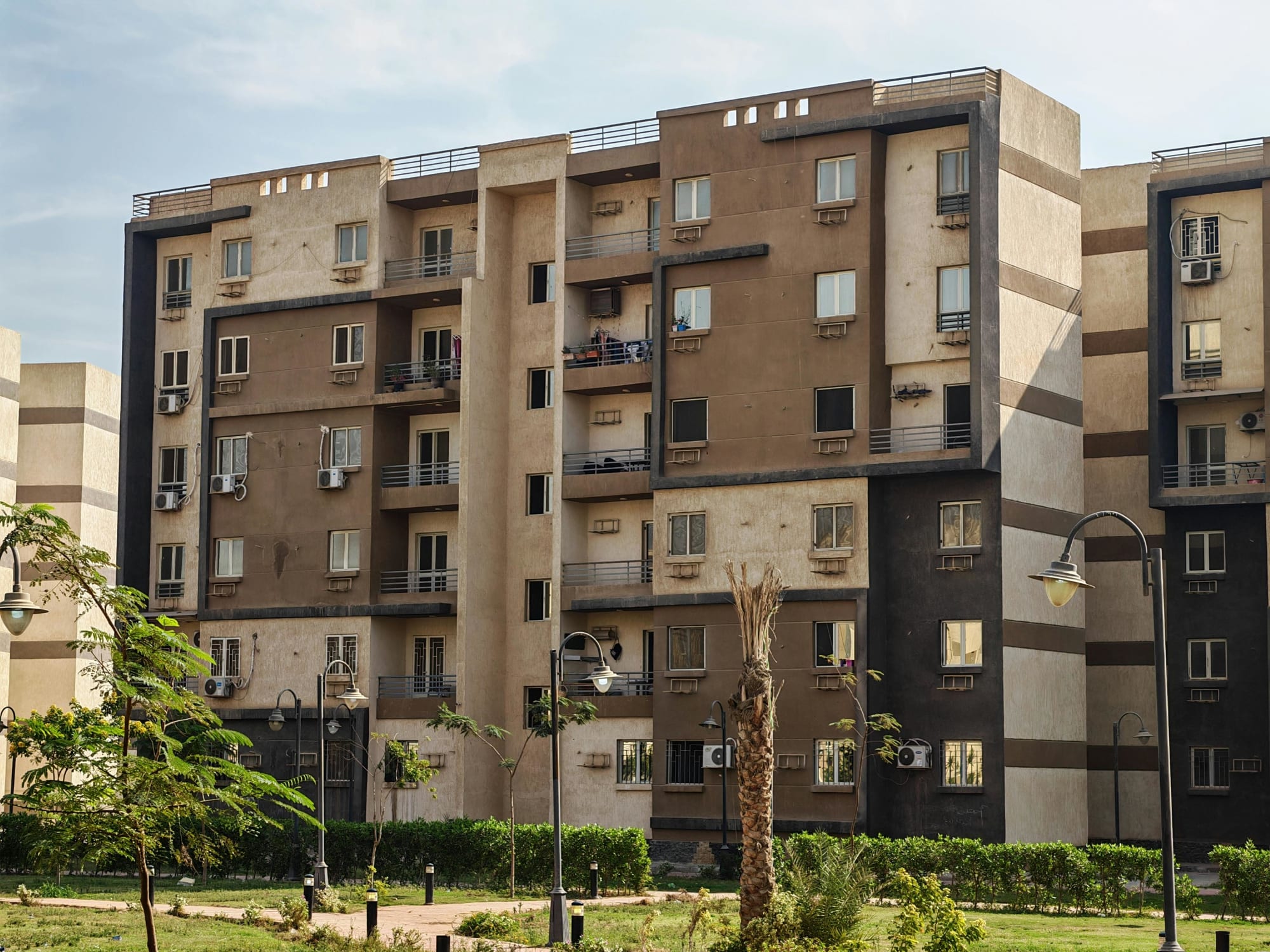Invest
Ageing homes account for one-fifth of Australia’s emissions
Almost eight million Australian homes remain energy-inefficient, leading to calls for a large-scale redevelopment program.
Ageing homes account for one-fifth of Australia’s emissions
Almost eight million Australian homes remain energy-inefficient, leading to calls for a large-scale redevelopment program.

A new report has highlighted the significant contribution of older properties on Australia’s carbon emissions, which could present a “real liability” to reaching net zero emissions by 2050.
Released during the COP26 summit, the report from PowerHousing Australia and CoreLogic found that almost eight million of Australia’s 10.6 million homes are energy-inefficient, contributing between 18 and 20 per cent of the country’s total carbon emissions.
“Australia’s Emissions Reduction Plan taken to COP26 in Glasgow says technology is the key to balancing these global emissions and economic development objectives, but the ageing housing stock will cruel any targets until sustainable technology takes over from coal, which is decades away,” said PowerHousing Australia CEO Nicholas Proud.
The report found that many homes were “well past their use-by date” and not fit for purpose, along with being difficult to buy for younger Australians and lower-income families.

“What is startling is that the National Net Zero Emission plan forecasts that by 2050, around 7 million homes will not be subject to improved energy efficiency measures in the National Construction Code with no retrofitted improvements to improve the fabric of these homes,” Mr Proud said.
PowerHousing Australia has called for a nationwide housing renewal program that it believes would “supercharge” emissions reduction, boost jobs and lead to more affordable housing.
“An existing ‘old’ standard house on existing commuter routes close to jobs can make way for up to three new highly energy-efficient, accessible and well-located dwellings, a proportion of which can go to meeting the surging demand for more social and affordable housing,” PowerHousing Australia said.
The report suggested renewing existing social housing sites was an “immediately actionable and viable solution”.
“Transforming old housing stock into new social and affordable homes benefits those people in need, as well as governments, the economy, and communities,” it said.
“As Australia’s battle with COVID continues, propelling even greater numbers of people into housing distress, innovative solutions that can be implemented now could not be more timely.”
The inquiry aims to identify and assess the factors that promote or impede responsive housing supply and examine initiatives used to improve housing supply in other jurisdictions and how they might be applied in Australia.
It is also investigating the impact of taxes, charges and regulatory settings at a federal, state and local government level on housing supply.

Property
ANZ’s mortgage growth, profit slump: why volume without margin won’t pay the dividends
ANZ lifted home-lending volumes, yet profits fell under the weight of regulatory and restructuring costs—an object lesson in the futility of growth that doesn’t convert to margin and productivityRead more

Property
Rate pause, busy summer: where smart capital wins in Australia’s property market
With the Reserve Bank holding rates steady, the summer selling season arrives with rare predictability. Liquidity will lift, serviceability stops getting worse, and sentiment stabilises. The ...Read more

Property
The 2026 Suburb Thesis: A case study in turning trend lists into investable strategy
A new crop of ‘suburbs to watch’ is hitting headlines, but translating shortlist hype into bottom-line results requires more than a map and a mood. This case study shows how a disciplined, data-led ...Read more

Property
From signals to settlements: A case study in turning property insight into investable action
Investor confidence is rebuilding, first-home buyers are edging back, and governments are pushing supply — yet most property players still struggle to convert signals into decisive movesRead more

Property
Australia’s rental choke point: why record-low vacancies are now a boardroom issue
A tightening rental market is no longer just a housing story—it’s a macro risk, a labour challenge and a strategic opening for capital. With vacancies near historic lows and rents still rising, ...Read more

Property
Rents are rewriting the inflation playbook: what record‑low vacancies mean for Australian business
Australia’s rental market is so tight that housing costs are now a primary transmission channel for inflation and interest rates. This isn’t just a property story; it’s a business risk story—affecting ...Read more

Property
Off-market real estate is going mainstream — and changing the rules of dealmaking
With public listings tight and sales still climbing, Australia’s investors are shifting to off-market channels that reward speed, networks and data advantage. The playbook is closer to private equity ...Read more

Property
Australia’s rental squeeze is now a business problem: inflation, capacity and the new growth calculus
Record-low rental vacancies are no longer just a social headline – they’re reshaping cost structures, wage dynamics and capital allocation across corporate Australia. With economists warning of a ...Read more

Property
ANZ’s mortgage growth, profit slump: why volume without margin won’t pay the dividends
ANZ lifted home-lending volumes, yet profits fell under the weight of regulatory and restructuring costs—an object lesson in the futility of growth that doesn’t convert to margin and productivityRead more

Property
Rate pause, busy summer: where smart capital wins in Australia’s property market
With the Reserve Bank holding rates steady, the summer selling season arrives with rare predictability. Liquidity will lift, serviceability stops getting worse, and sentiment stabilises. The ...Read more

Property
The 2026 Suburb Thesis: A case study in turning trend lists into investable strategy
A new crop of ‘suburbs to watch’ is hitting headlines, but translating shortlist hype into bottom-line results requires more than a map and a mood. This case study shows how a disciplined, data-led ...Read more

Property
From signals to settlements: A case study in turning property insight into investable action
Investor confidence is rebuilding, first-home buyers are edging back, and governments are pushing supply — yet most property players still struggle to convert signals into decisive movesRead more

Property
Australia’s rental choke point: why record-low vacancies are now a boardroom issue
A tightening rental market is no longer just a housing story—it’s a macro risk, a labour challenge and a strategic opening for capital. With vacancies near historic lows and rents still rising, ...Read more

Property
Rents are rewriting the inflation playbook: what record‑low vacancies mean for Australian business
Australia’s rental market is so tight that housing costs are now a primary transmission channel for inflation and interest rates. This isn’t just a property story; it’s a business risk story—affecting ...Read more

Property
Off-market real estate is going mainstream — and changing the rules of dealmaking
With public listings tight and sales still climbing, Australia’s investors are shifting to off-market channels that reward speed, networks and data advantage. The playbook is closer to private equity ...Read more

Property
Australia’s rental squeeze is now a business problem: inflation, capacity and the new growth calculus
Record-low rental vacancies are no longer just a social headline – they’re reshaping cost structures, wage dynamics and capital allocation across corporate Australia. With economists warning of a ...Read more








